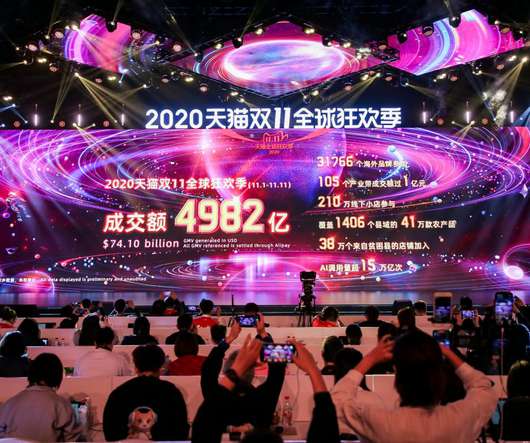The History of Ecommerce: What The Past Says About Tomorrow’s Retail Challenges
BigCommerce
FEBRUARY 13, 2018
Most businesses with an ecommerce presence use an ecommerce store and/or an ecommerce platform to conduct both online marketing and sales activities and to oversee logistics and fulfillment. Generally, there are six main models of ecommerce that businesses can be categorized into: B2C. Business-to-Consumer (B2C). E-Commerce.












Let's personalize your content